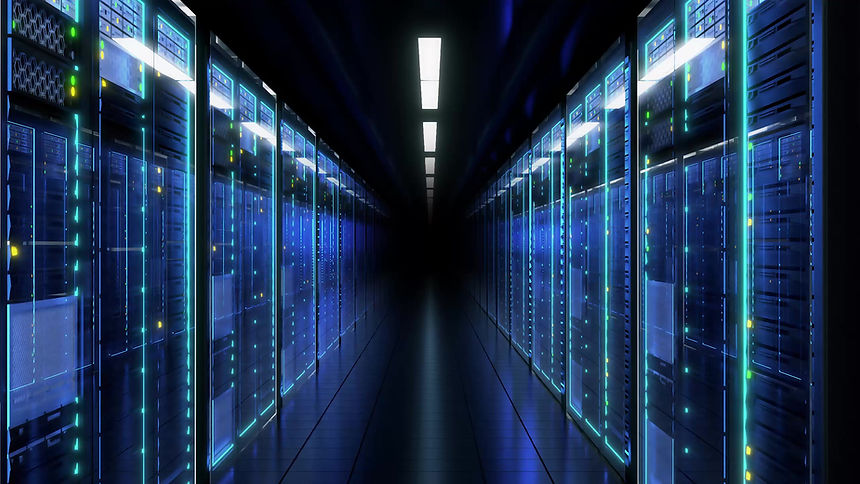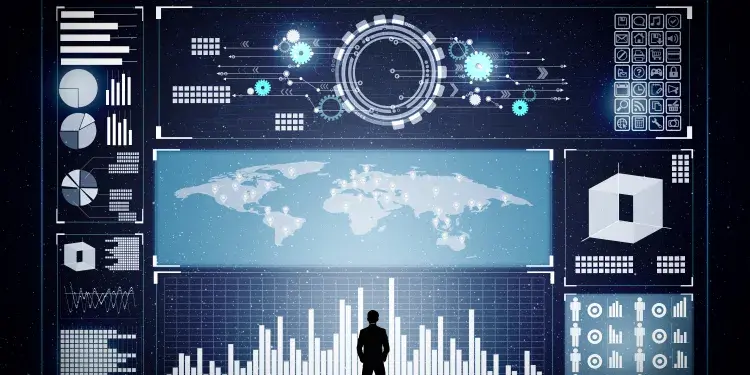Cognitive K.i. Empowering AI Solutions for Professionals in Diverse Fields

Data Cleaning
Data cleaning, also known as data cleansing or scrubbing, is the process of identifying and correcting or removing errors, inconsistencies, and irrelevant data within a dataset. The goal is to improve data quality, making it accurate, complete, consistent, and usable for analysis or decision-making.
Data Cleaning
k.i. - Data Cleaning
Data cleaning, also known as data cleansing or scrubbing, is a fundamental process within the broader field of data science that ensures data integrity, accuracy, and usability. In an era of big data, where vast volumes of information are generated daily, the importance of clean data cannot be overstated. Data cleaning encompasses a range of techniques and methodologies aimed at identifying and rectifying errors, inconsistencies, and inaccuracies that may compromise the quality of data.
Data cleaning involves several key processes. These include removing duplicate records, correcting inaccuracies, filling in missing values, and standardizing formats across datasets. Duplicate records can distort analytical results by overrepresenting certain data points; therefore, identifying and eliminating these redundancies is crucial. Similarly, inaccuracies and inconsistencies, such as typographical errors or varying date formats, can lead to misleading conclusions if left unaddressed.
Handling missing values is a critical aspect of data cleaning. Incomplete datasets can significantly impact the outcome of data analysis and machine learning models. Data scientists often employ various strategies to manage missing data, including imputation, where estimated values replace missing entries, or even removing rows or columns with excessive missingness. The chosen approach often depends on the nature of the data and the specific analytical goals.
Standardization is another essential component of data cleaning. Inconsistent formatting, such as varying representations of currencies or measurement units, can complicate data integration and analysis. By establishing uniform standards, data scientists can ensure that datasets are harmonized, facilitating smoother processing and interpretation.
Data cleaning also requires validation checks to ensure the data adheres to predefined standards. This may involve cross-referencing entries against trusted sources or implementing logical checks that flag outliers or implausible values. For instance, if a dataset includes age values that appear disproportionately high or low, such anomalies must be investigated and rectified.












